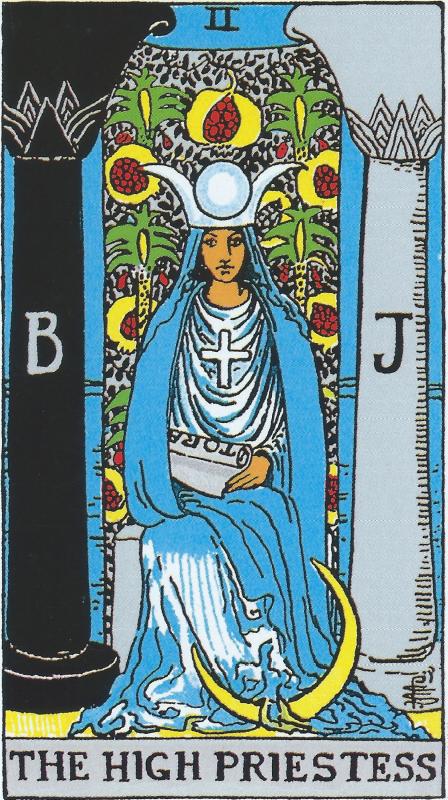Timing is an important aspect of Tarot readings that can bring depth and clarity to your interpretations. Understanding how to interpret timing in your readings can help you provide more accurate insights and guidance to your clients. While Tarot cards can give us a glimpse into the past, present, and future, timing can help us pinpoint when certain events or energies may come into play.
One way to explore timing in Tarot readings is through the use of card placements, such as the position of a card in a spread or the order in which cards are drawn. For example, drawing the Moon card in a future position may indicate that a period of uncertainty lies ahead, while pulling the Tower card as the final card in a spread could suggest a sudden and unexpected change on the horizon. Paying attention to the placement of cards can provide valuable insights into the timing of events or shifts in energy.
Another method for understanding timing in Tarot readings is through the numerical value of the cards. Each card in the Tarot deck is associated with a specific number, which can offer clues about timing. For instance, the number 3 is often associated with growth and expansion, so drawing multiple 3s in a reading may suggest that progress or changes are on the horizon. By paying attention to the numeric patterns in your readings, you can gain a better understanding of when certain events may unfold.
Ultimately, timing in Tarot readings is a blend of intuition, symbolism, and practice. As you continue to work with the Tarot, you may develop your own methods for interpreting timing in your readings. Whether you rely on card placements, numeric values, or another technique, the key is to trust your instincts and allow the cards to guide you in understanding the timing of events in your readings.
Applying Timing to Tarot Spreads
Timing in tarot readings is an important aspect that can add depth and specificity to your interpretation. By understanding how to apply timing to tarot spreads, you can provide more detailed insights for yourself or your clients.
One way to incorporate timing into your tarot readings is to pay attention to the seasonal cues in the cards. For example, the Suit of Cups can often represent emotions and relationships, so if you see a lot of Cups cards in a spread, it could indicate that the situation is linked to the emotional energy of a particular season, such as spring for new beginnings or winter for introspection.
Another method to apply timing to tarot spreads is to use the numerology of the cards. Each number in the tarot deck has its own significance and can indicate a specific timeframe. For example, the Ace card represents new beginnings, the Two card could suggest a recent development, and the Ten card might indicate the end of a cycle or completion.
Additionally, you can use the court cards in the tarot deck to provide timing clues. For instance, the Page cards can indicate new information or beginnings, the Knight cards represent swift action or change, the Queen cards signify nurturing or mature energy, and the King cards can suggest authority or leadership. By considering the characteristics of these court cards, you can gain insights into the timing of events in your tarot readings.
Integrative Tarot: Personal Growth through a Holistic Approach
Unlock your fullest potential and achieve personal growth through a holistic approach with our Integrative Tarot cards
Product information
$15.00
Product Review Score
4.51 out of 5 stars
160 reviewsProduct links
Interpreting Time Cards in Tarot Readings
When it comes to tarot readings, interpreting timing can be one of the most challenging aspects for both beginners and experienced readers alike. Time cards in tarot readings can offer insights into when events may occur or how long certain situations may last. However, it's important to remember that the tarot is not a precise tool for predicting exact dates or times, but rather a tool for guidance and self-reflection.
One common way to interpret timing in tarot readings is through the use of card numbers. For example, if a reading includes multiple cards with the number three, it could indicate that the situation may unfold within three weeks, three months, or in the third quarter of the year. Paying attention to the sequential order of the cards can also provide clues about the timing of events. Cards from the Major Arcana, such as The Wheel of Fortune or The Moon, can suggest cycles or phases that may indicate when things are likely to happen.
Another approach to timing in tarot readings is to look at the seasons or elements associated with certain cards. For instance, cards like the Ace of Pentacles may represent springtime or new beginnings, while cards like the Ten of Cups could signify completion or fulfillment in the summer months. By considering the imagery and symbolism of each card, readers can gain a deeper understanding of the timing and potential outcomes of a situation. Remember, tarot readings are a form of divination that relies on intuition and personal interpretation, so trust your instincts and let the cards guide you.
Enhancing Accuracy in Timing Tarot Readings
Timing in tarot readings can be a tricky concept to grasp, but with practice and patience, you can enhance the accuracy of your readings. One of the key ways to improve timing in tarot readings is by paying attention to the card positions in the spread. Each position can give you clues about the timing of events, whether it be in the near future or further down the line.
Another helpful tip is to trust your intuition when interpreting the cards. Sometimes the cards may not give a clear indication of timing, but your intuition can guide you towards a more accurate reading. Don't be afraid to rely on your gut feeling when it comes to timing in tarot readings.
It's also important to keep in mind that timing in tarot readings is not set in stone. The future is always in flux, and things can change based on the choices we make. Remember to frame your readings with the understanding that timing is fluid, and use the cards as a tool to guide you on your journey.







